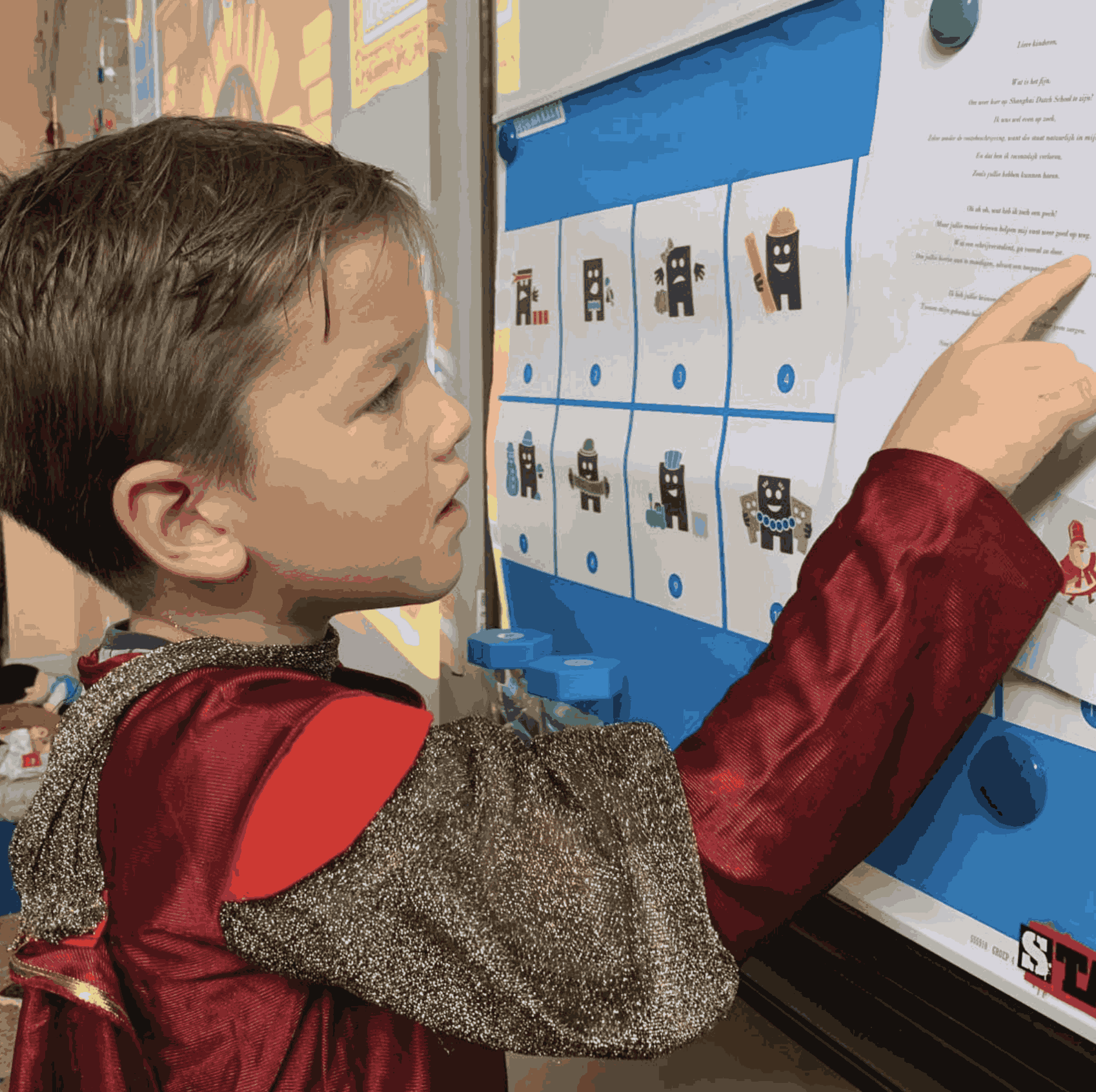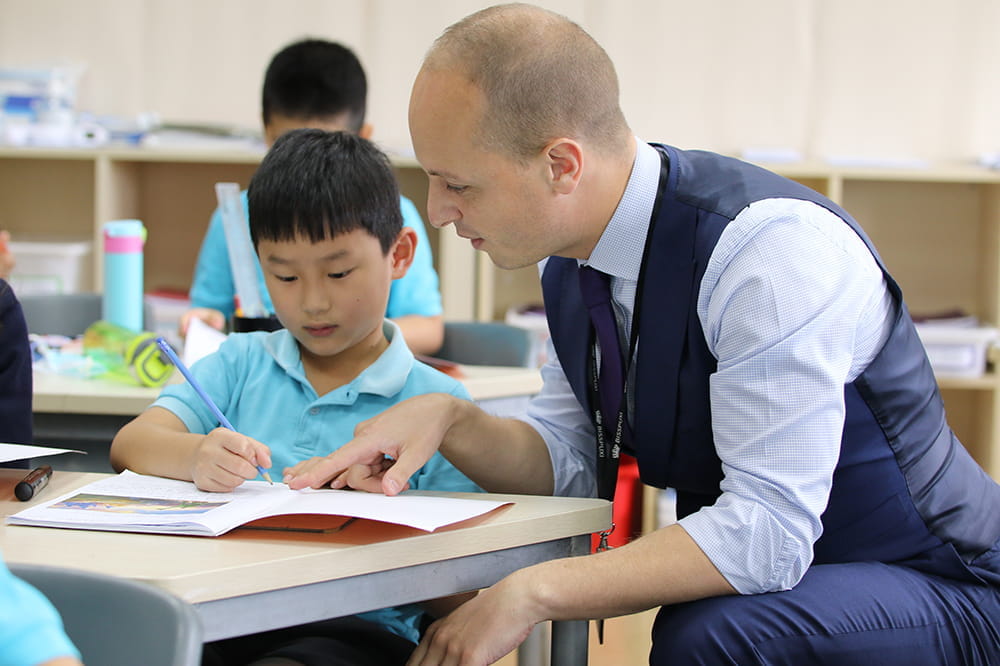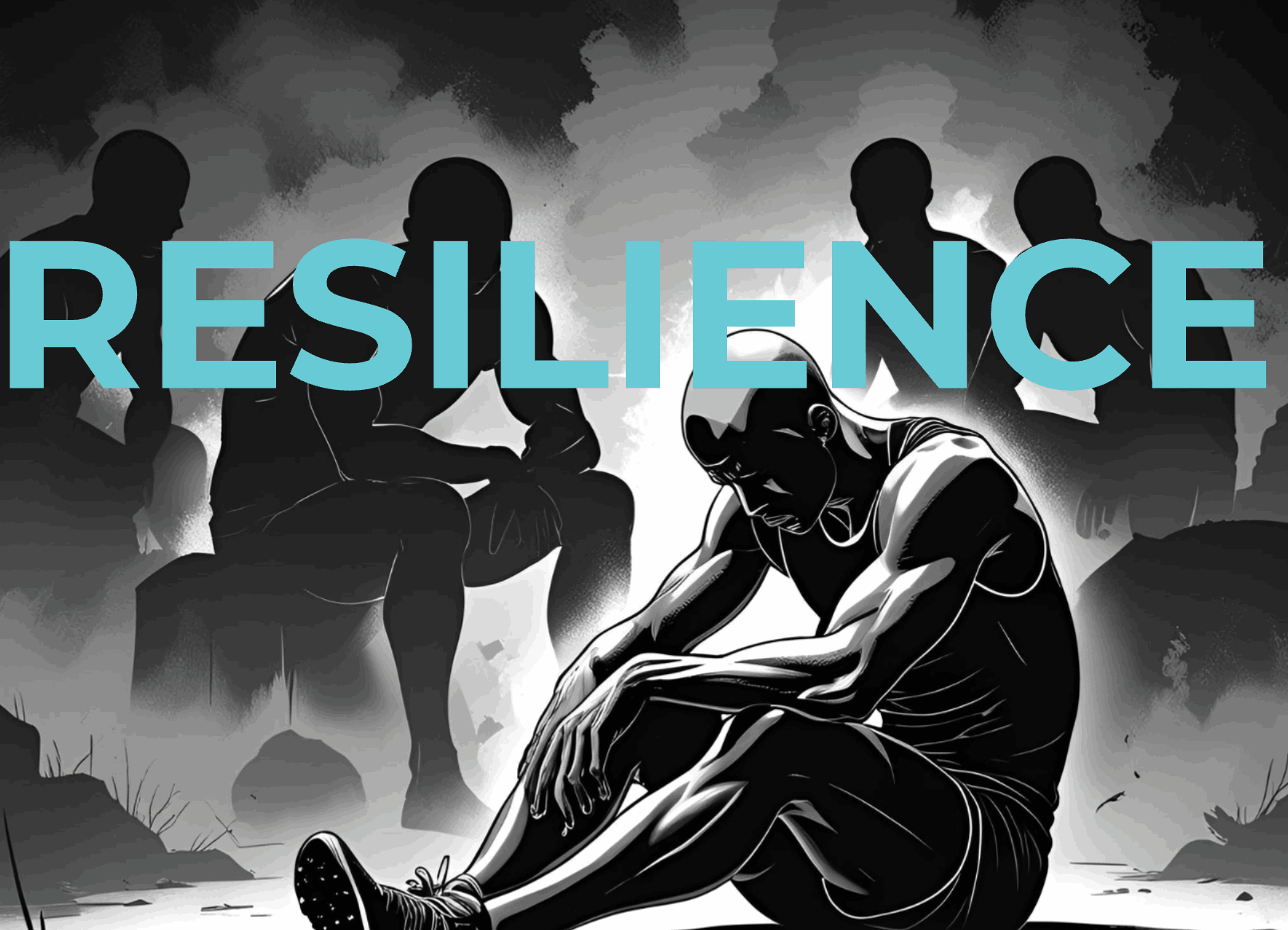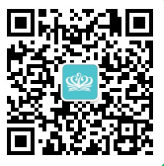Having the Shanghai Dutch School within BISS is a unique part of our international community. But what is learning like there? We ask the Head of Dutch School, Marloes Manni, five questions to understand how different the classes are from the rest of the school.
1. Given the wide range of student backgrounds — from absolute beginners to heritage speakers — what are your key strategies for differentiating instruction and ensuring each student is both challenged and supported?
At the Shanghai Dutch School, differentiation is at the heart of what we do. Because our student population is so diverse, from native speakers to children who are non-native and only use Dutch occasionally, we have built our entire program around adaptive teaching. Our classes are small, which allows us to create individual learning plans. Every lesson includes clear group instruction, but there is always space for extended guidance for those who need it, as well as independent tasks at each student’s own level.
For our non-native students, we run a dedicated program focused on vocabulary, sentence structure, cultural understanding and above all active speaking. Parents also play a central role, as they commit to keeping Dutch alive at home through daily conversation, reading and activities.
This way, every student, whether beginner or near-native, feels both supported and challenged at their own level. It also allows us to really look at the individual child and adapt the teaching to their abilities and interests, ensuring that learning remains both meaningful and motivating.
2. How do you move beyond just grammar and vocabulary to integrate Dutch culture into your lessons, making the language come alive for students who may have no prior connection to it?
There is a strong connection between language and culture, almost inseparable. This is why cultural education is embedded throughout the program. This means that we do not only teach Dutch words and grammar, but also celebrate Dutch and Flemish traditions and explore cultural themes. For example, students participate in activities around Sinterklaas, King’s Day or Poetry Day, and these themes are creatively integrated into projects and lessons. The teaching materials we use in the native program also contain strong connections to the Netherlands and Belgium, and we regularly reflect with students on the differences between living abroad and living in the Netherlands/Belgium.
Within the non-native program we work thematically, always linking new language to the student’s own world of experience, and from there we make connections to Dutch and Flemish culture. Even in Shanghai, this approach allows students to experience Dutch as a living language connected to a vibrant culture rather than only as a school subject.
3. What are the primary objectives for your students? Is the focus on achieving fluency for potential future life in the Netherlands, on passing specific language certifications (like the CNaVT), or on fostering a broader, conversational love for the language?
The main objective for native students is to achieve the Dutch language proficiency standards established by the Ministry of Education, ensuring a smooth transition into Dutch or Belgian schools upon their return. For older students, there is a clear academic pathway: they can opt to take the CNaVT exam in Year 11 and work towards obtaining the IB Dutch A: Language and Literature diploma in their final years of secondary school. This diploma is globally recognized and provides direct access to universities in the Netherlands and Belgium. For our non-native students, the focus is on the continuous development of their language proficiency and on acquiring the skills and knowledge needed to communicate in Dutch more confidently and frequently. Furthermore, we strive for more than just academic success. Our goal is for students to find joy in learning Dutch, to take pride in their linguistic and cultural heritage, and to view their Dutch background as a valuable asset that enhances their international experiences. Maintaining a strong connection with the country, as well as with family and friends residing there, is a crucial part of their identity.
4. In an English-language school environment, what are the biggest hurdles to getting students to actively use their Dutch, and how do you create opportunities for authentic communication inside and outside the classroom?
The biggest challenge is of course that English dominates daily school life at BISS. Dutch can easily become a secondary language if we don’t consciously protect it. That’s why SDS creates a recognizable Dutch ‘island’ within the larger school community. For our native students, the lessons are integrated into the regular timetable, so Dutch becomes a natural part of the school day. The classrooms themselves feel familiar and give students a sense of belonging to a Dutch-speaking community.
Beyond the classroom, we involve parents very actively. At home, we encourage families to make Dutch the main language of communication, to read together, to watch Dutch media, and to connect with other Dutch-speaking families in Shanghai. By creating these authentic situations inside and outside of school, we give Dutch a functional and living role in the students’ lives.
5. What kinds of unique resources, tech tools, or project-based learning do you find most effective in captivating your international student body and making Dutch relevant to them?
We work with a combination of proven methods and modern tools. For example, we use Staal for language and spelling, Blink Lezen for integrated reading, Nieuw Nederlands in secondary, and Veilig Leren Lezen in the early years. These methods are supported by ICT: our classrooms have smartboards, iPads, laptops, and software that allow students to work independently at their own level.
But what truly engages our students are the project weeks. During these, students use Dutch in meaningful, real-world contexts. They might design a menu, write and publish a newspaper article, produce a short film, or create a treasure hunt with written clues. Projects often conclude with a showcase, a festive gathering where the entire Dutch community comes together to celebrate our students’ achievements.
In addition, our well-stocked library, with Dutch children’s books, young adult novels, and e-books, supports a culture of reading. Finally, extracurricular activities like the Dutch Club and family events bring language and culture together in a social, joyful way. This combination of structure, technology, creativity, and community makes Dutch both relevant and exciting.







